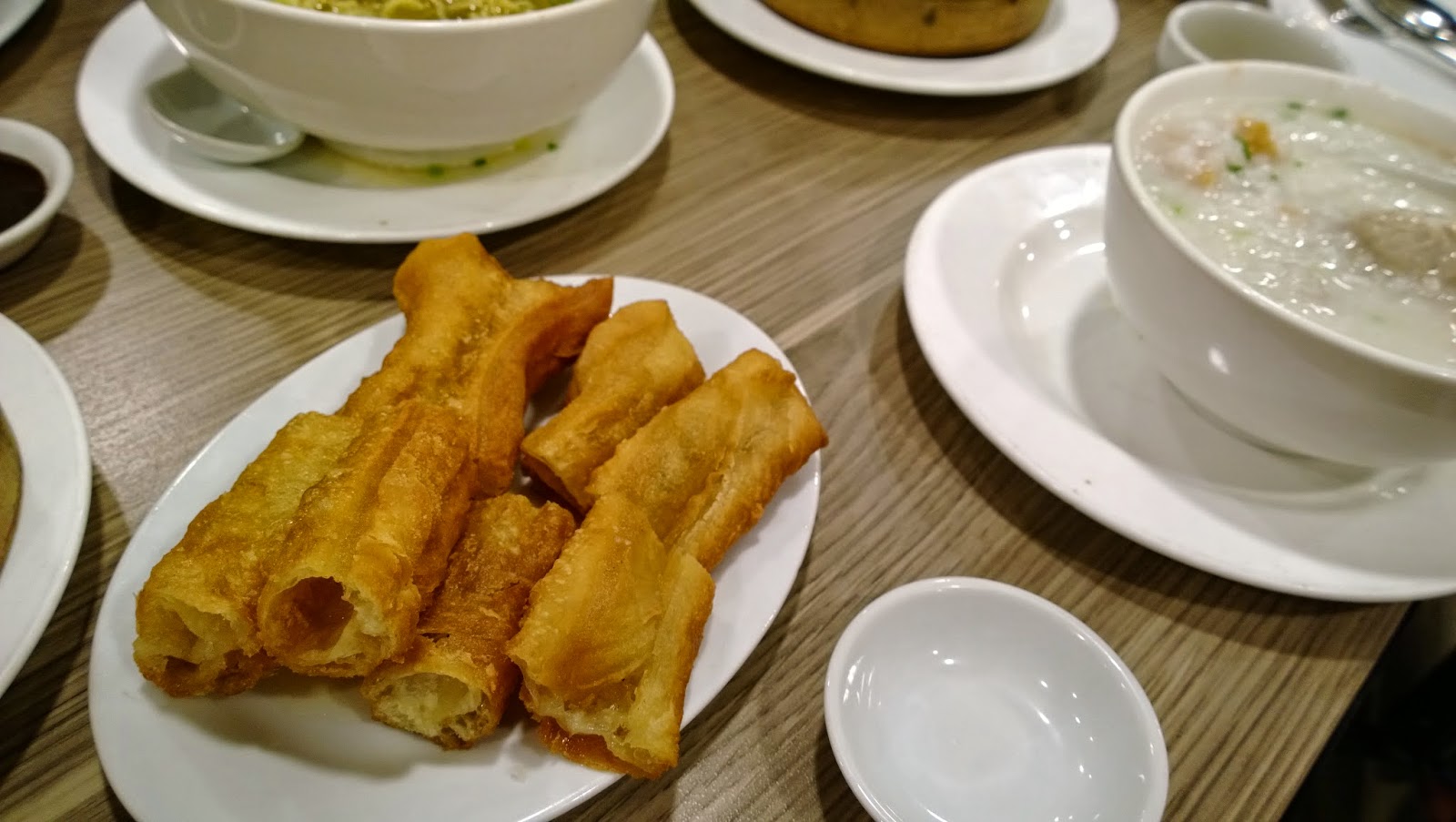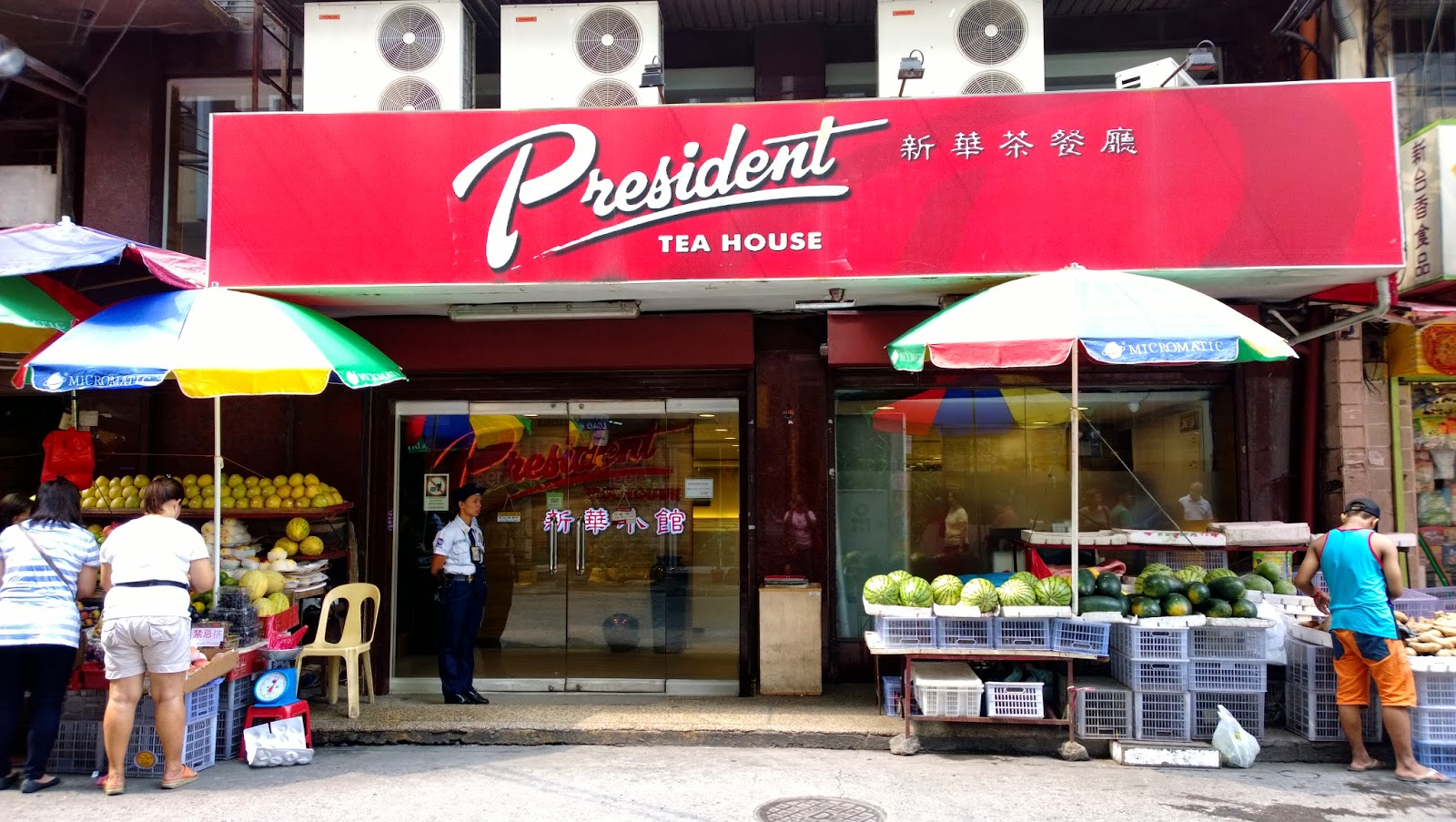One Saturday morning, I woke up with an intense longing for a good old fashioned dim sum breakfast. Since I was not in Hong Kong, the best way to satisfy the urge was to head all the way to Binondo to enjoy all my favourites at President Tea House.
Because of the horrendous Saturday traffic, it was nearer brunch time when we got to our destination. But no matter, we were still given the condensed early morning menu which includes congee, noodles, rice toppings and of course, dim sum.
It had been a while since I had been to the Binondo branch and was pleased to see that President Tea House had renovated their interiors -- it's brighter, more modern looking and the predominantly cream coloured booths make for a cleaner look.
I couldn't decide if I wanted noodles or congee this morning. So I ordered both. We had the house special -- beef brisket and wonton noodles plus a bowl of pork bola bola congee. They came in deep bowls, perfect for sharing.
Congee is best eaten with bicho bicho or crullers -- the crunchy "sticks" add texture and chewiness to an otherwise soft, simple bowl of boiled rice.
We craved for something oily -- so I ordered radish cake which came delightfully deep fried and instead of one big slice, was artfully cut up in small cubes, the better to apportion and enjoy.
President Tea House's asado siopao comes two to an order. We also ordered a jumbo bola bola pao but that wasn't as good as the asado so be warned!
The pork and shrimp siomai was juicy and scrumptious. Dim sum literally means "touch the heart" and yes, these little dumplings did just that.
The hakaw or shrimp siomai was equally good -- the shrimp were whole and fresh and the transparent rice wrapper was not too thick. This is how hakaw should be.
Our hands down favourite was the quail's egg siomai. Just three pieces to an order, each small whole quail's egg is placed on top of a smidgen of ground pork and then bundled up in a wonton wrapper and steamed. It was a little pocket of delight.
Next time you have a craving for authentic old fashioned dim sum -- make your way to President Tea House, the main store in Salazar Street in Binondo is the best place to fulfil your dim sum desires.

























































